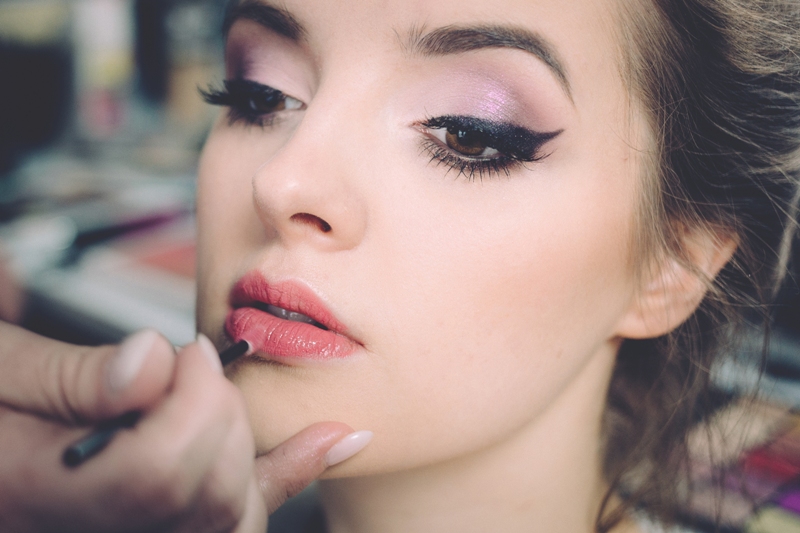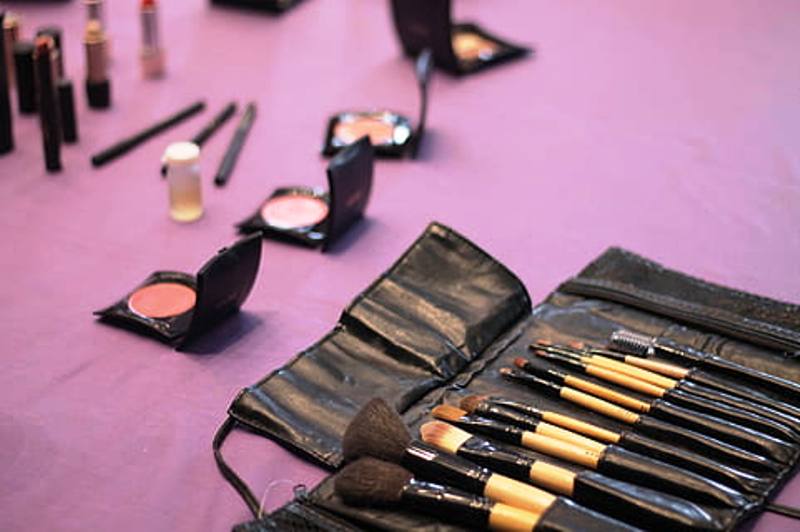
Incomprehensible ingredient names, vague statements, lots of marketing arguments… It is often difficult to understand the labels of the beauty products we use every day. And to know if we can trust them! Cosmetic regulations impose one principal obligation: to guarantee that the product placed on the market does not pose a risk to human health.
To help you see more clearly, here are the 6 primary pieces of information to know before buying.
1. Hypoallergenic, zero risk does not exist
The mention of “hypoallergenic” on the label means that the most common allergens are not present in the product’s composition. Among them, we find acrylates (nail polish), parabens, bronopol (preservative), nickel sulfate, benzophenone-3…
But this does not mean that all risk of allergy is eliminated if you use a hypoallergenic beauty product. Indeed, each person can be allergic to a particular component, even innocuous, such as sweet almond oil, for example.
2. Laboratory tested, mandatory anyway

Before being marketed, all cosmetic products must undergo a battery of tests to ensure they do not pose a health risk. The mention “laboratory tested” does not provide any additional information. Moreover, most of the time, these tests are performed by laboratories external to the brands.
This mention is often accompanied by little phrases like: “9 out of 10 users notice a reduction in their wrinkles”. However, these results are often biased, and therefore far from reliable, because:
– tests are paid: testers are therefore more inclined to approve the product;
– it is impossible to be next to each tester to monitor their degree of compliance with the protocol (dosage, number of applications, etc.) or their honesty.
Good to know: the mention “tested by dermatologists” or “under dermatological control” is of the same order. This guarantees that tests have been carried out in the presence of a professional. But in no case does this one approve or advise the use of the product.
3. Non-comedogenic: a very vague statement

The mention of “non-comedogenic” does not guarantee that the product fights pimples, but it does ensure that, in theory, it does not clog pores and therefore does not cause the appearance of spots or blackheads. This is a minimum for a beauty product!
The problem is that this statement is not regulated: it is not based on any specific criteria. It does not mean that the product does not contain comedogenic substances, but it has been tested on several people and did not cause pimples’ appearance.
The most comedogenic ingredients are gums, resins, waxes (mineral, animal, or vegetable), mineral oils, and certain vegetable oils (especially wheat germ oil).
You should also know that products that do not carry this mention are not necessarily comedogenic!
4. Botox-like, a marketing argument above all
Many cosmetic manufacturers are taking advantage of the popularity of certain cosmetic ingredients to sell their products. For example, the “Botox-like” claim is based on the effectiveness of the famous botulinum toxin, a muscle relaxant that relaxes wrinkles to reduce them.
This does not mean that the product in question contains Botox, but simply that an ingredient present in the composition acts somewhat like Botox. For example, a tyrosine-arginine dipeptide ester, a lipoamino acid combining the amino acids of wheat protein and palmitic acid, and a modified peptide. Also, various mixtures based on manganese gluconate, retinyl palmitate, and magnesium gluconate, a hexapeptide, and extracts of algae and yeast or a hexapeptide-3, hydrolysate of soy proteins, yeast extract, tocopherol, and hyaluronate of Crithmum Maritima.
Other anti-wrinkle active ingredients compete with the peptides. For example, retinol, hyaluronic acid, ceramides, coenzyme 10, and anti-oxidants.
Note: for it to be effective, botulinum toxin must be injected under the skin by a surgeon and not applied like a cream.
5. Natural origin: yes, but not only this
The term “natural origin” has no regulatory definition, and it can be used on all cosmetics containing a natural ingredient, even in minimal quantities. The rest can be of chemical origin, and it does not change anything.
To avoid pitfalls, it is always good to consult the list of ingredients. Here are a few tips to help you decipher the list.
– Ingredients are listed in descending order of their importance in terms of volume or weight. If the word “aqua” is listed first, it means that water is the majority ingredient.
– Focus on the first 4 or 5 ingredients: they make up almost the entire product.
Natural cosmetics are made from natural ingredients, i.e. from nature: vegetables, and minerals.
Note: a natural product does not imply that it is necessarily organic, and there is no guarantee that it was grown in pesticide-free soil or that it is GMO-free.
Good to know: a cosmetic product can only be qualified as “natural” or “of natural origin” if its natural content or natural origin is greater than or equal to 95%.
6. Not tested on animals: not so sure!
The mention of “not tested on animals” means that the manufacturer has not used animal testing to verify the tolerance or safety of the product before it is put on the market. This is a legal requirement in some countries. However, this does not mean that the ingredients have not been tested! Or that the product does not contain derivatives of animal products.
Some labels guarantee the respect of animals from one end of the manufacturing chain to the other.
– PETA‘s Cruelty-Free label certifies brands in their entirety (not cosmetic products piecemeal). It guarantees that no tests have been carried out on animals, whether on ingredients, formulation, or the finished product. It also certifies the absence of any product of animal origin (including beeswax or honey).
– The Cruelty-Free International label (Leaping Bunny) ensures that the brand no longer tests its ingredients and finished products on animals from a specific date. But the composition of the products is not subject to restriction.
Choosing your cosmetics is not an easy task, yet we often ignore their composition. We hope you have liked this article; remember to leave your comments below.
